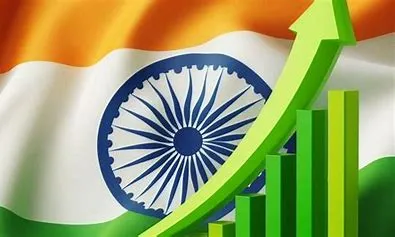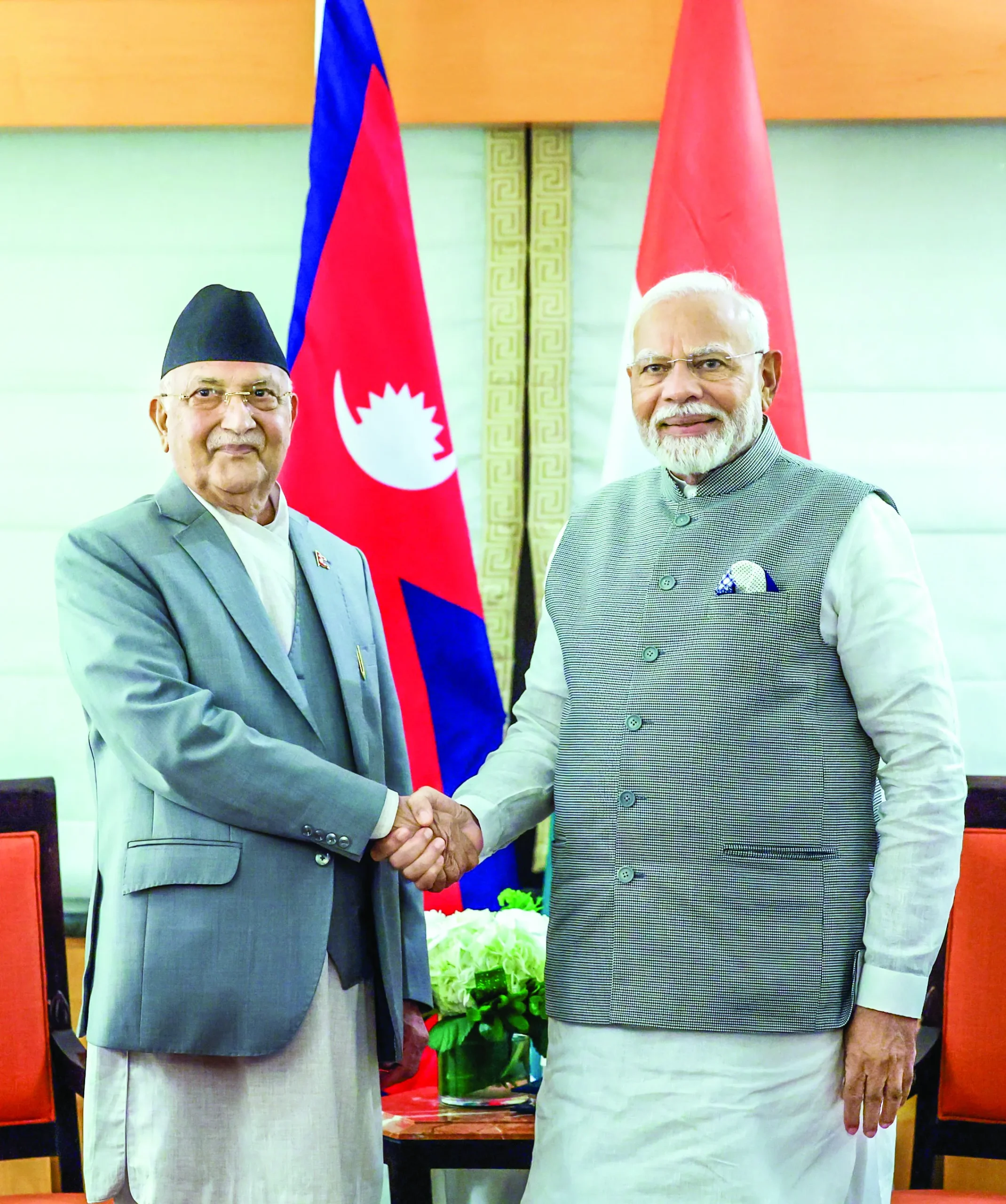From the cradles of ancient civilizations to the heart of empires, these linguistic relics carry the echoes of bygone eras, offering profound insights into the evolution of human thought and expression.
From ancient grunts and gestures to the complex syntax and semantics of modern tongues, the development of languages is an unfolding narrative of human ingenuity, cultural exchange, and adaptability.
The evolution of languages is a dynamic process that reflects the ever-changing nature of human societies. From primitive forms of communication to the intricate linguistic tapestry we witness today, languages encapsulate the essence of human expression, culture, and connection. As we move forward, the continued evolution of languages will undoubtedly be shaped by technological advancements, cultural interactions, and the collective creativity of humanity.
Delving into the chronicles of human history, we encounter a rich tapestry of ancient languages that have shaped civilizations, preserved wisdom, and reflected the essence of diverse cultures. From the cradles of ancient civilizations to the heart of empires, these linguistic relics carry the echoes of bygone eras, offering profound insights into the evolution of human thought and expression. Join us on a linguistic journey through time as we unravel the mysteries of the world’s ancient languages.
There are nearly 7,000 distinct languages spoken in the world today and many of them trace their roots to the ancient languages on this list. While some of the languages on this list aren’t used in everyday life, all of them are still spoken to a certain extent today. Since it is difficult to pinpoint when exactly a language emerged, the dates used come from the oldest known written examples of these languages.
Arabic
While Arabic may seem like its an ancient language, compared to all of the other languages on this list, its fairly modern. Arabic can only be attested to around the 1st century CE, but the language may have emerged much earlier. Additionally, scholars believe that as a spoken language, Arabic only emerged around the 4th century CE in what is now Syria. Although, Arabic does not have a millennia long history, it is one of the most spoken languages in the world. About 310 million people worldwide speak Arabic as a native language and an additional 270 million people fluently speak Arabic as a second language.Since Arabic emerged much later than the other languages on this list, it was influenced by some of these languages, including Aramaic, Hellenistic Greek, Hebrew, and Persian.
Tamil
Tamil is the oldest attested non-Sanskrit language native to India, with the earliest known records of the language dating to around 300 BCE. Just like many of the languages on this list, these early Tamil inscriptions were found in caves and on pottery. The oldest piece of Tamil literature is the Tolkāppiyam from the 1st century BCE. In addition to the Tolkāppiyam, nearly 3,000 pieces poems written in Old Tamil have been discovered. Old Tamil eventually evolved into modern Tamil and is still spoken by about 75 million people. Tamil is also the official language of Sri Lanka, Singapore, and the Indian state of Tamil Nadu.
Persian (Fasi)
Persian, or as its known today Farsi, originated in Ancient Iran and the history of the language is broken down into three periods: Old Persian (c.525 BCE – 300 BCE), Middle Persian (300 BCE – 800 CE), and Modern Persian (since 800 CE). Some of the earliest examples of Old Persian inscriptions date to around 600 BCE, but the most important example of early Persian writing is the Behistun Inscription, which is dated to c.525 BCE. Today, Persian is still a widely used language and is spoken by an estimated 110 million people worldwide. Persian is the official language of Iran, Afghanistan, and Tajikistan. Like many of the old languages on this list, Persian influenced the languages of neighboring regions, including Armenian, Georgian, and Urdu. Persian has a long literary history and some of the most famous Persian works are Shahnameh of Ferdowsi, the works of Rumi, the Rubaiyat of Omar Khayyam, and the Panj Ganj of Nizami Ganjavi.
Latin
Many people call Latin a dead language, and while this is technically true, its still used by many organizations and is even taught in school. People may not regularly speak Latin, but its common enough that most people know a few phrases. The oldest known Latin inscription dates back to around the 7th century BCE. Latin originated in the area that is now Rome and it became a dominant language as the Roman Republic spread its power. Eventually, Latin spread all the way to the western Roman Empire. While Latin itself, is no longer a common language, Vulgar Latin or Colloquial Latin developed into the Romance languages: Italian, French, Portuguese, Romanian, and Spanish. English also has many words with Latin roots. Although no one fluently speaks Latin anymore, due to its history, it is still the official language of the Holy See and the Roman Rite of the Catholic Church.
Hebrew
While there are few languages that have older roots, Hebrew is often cited as the oldest spoken language in the world. This is due to Hebrew’s connection to biblical texts. However, unlike the other languages on this list, Hebrew went almost completely extinct for a few centuries before being revived. Between 200 and 400 CE, Hebrew had stopped being an everyday language, but was still used as the language of Jewish liturgy, rabbinic literature, intra-Jewish commerce, and poetry. Then in the 19th century, Jewish activist Eliezer Ben-Yehuda, began reviving Jewish as a spoken language. The movement worked and Hebrew was declared the official language of the State of Israel in 1948. The Hebrew alphabet has no vowels, all 22 letters are consonants.
Aramaic
Aramaic is another ancient Semitic language, that has ties to some of the earliest known biblical texts. Although the earliest known records of Aramaic only date to around 1100 BCE, the language is believed to have originated much earlier. Aramaic was the language of the Arameans, who settled in Ancient Aram (modern-day Syria) during the Bronze Age (around 3500 BCE). Due to the large number of Arameans settling in Babylonia and Assyria (modern-day northern Iraq, northeast Syria, northwest Iran, and south eastern Turkey), the Neo- Assyrian Empire began using an Imperial Aramaic as the common language of its empire. Today, there are many different dialects of Aramaic, known as Neo-Aramaic languages. Like most of the languages on this list, modern Aramaic is very different than it was in the past.
Chinese
Today, there are many different dialects of the Chinese language, but all of them trace their roots to Archaic Chinese, which dates to over 3,000 years ago. The first written records of Chinese language come from the Shang Dynasty and this early writing system is known as Oracle Bone Script. As its name implies, the writing appeared on oracle bones, which were used for pyromantic divination. Modern Chinese script is directly descended from Oracle Bone Script, making Chinese one of the oldest attested living languages in the world. Due to the vastness of China, its people have always spoken different regional dialects. However, Standard Chinese, or Mandarin, is the official language of China. The Chinese language consists of hundreds of dialects, but they are classified into a few main dialect groups: Mandarin, Wu, Gan, Xiang, Min, Hakka, Yue, Jin, Huizhou, and Pinghua.
Sanskrit
Sanskrit is an ancient language that traces its roots to over 3,500 years ago in Ancient India. The oldest known form of Sankrit is Vedic Sanskrit and comes from the Rigveda, an important ancient Indian text that is still one of the sacred canonical texts of Hinduism. While no one knows for sure when the Rigveda was written, the oldest parts of the collection have been dated to around 1500 BCE. Vedic Sanskrit gave way to Classical Sanskrit, which was more refined and had a standardized grammatical structure. Not many people today regularly speak Sanskrit, but nearly 25,000 people list the language as their mother tongue. Sanskrit is still used used as a ceremonial and ritual language in Hinduism and some Buddhist practices such as hymns and chants. Sanskrit is the root of many Prakrit languages, such as Hindi, Marathi, Bengali, Punjabi, and Nepali.
Greek
Greek is the oldest attested living Indo-European language and dates back to at least the 16th century BCE. While the earliest known records of the Greek language date to around the 16th century BCE, historians believe that the people of the Balkan peninsula have been speaking Greek since the 3rd millennium BCE or possibly earlier. However, any texts from around this time have not been deciphered so the earliest definitive proof of the Greek language only dates to around the 16th century BCE. The oldest known form of the Greek language is Mycenaean Greek, which was spoken on Crete and Cyprus. Not only is the Greek language one of the oldest, but its also one of the most important languages in history because many languages have words with Greek roots. Greek has been used for so long that, along with Latin, it is the main source of international scientific vocabulary.
Egyptian (Coptic)
While modern Egyptians speak Arabic today, Coptic – the current form of the Egyptian language — is still used as a liturgical language by the Coptic Church. Like any language with ancient roots, today’s Coptic is not the same as Archaic Egyptian. However, since Coptic is the direct descendant of Archaic Egyptian, it is the oldest spoken language in the world. The earliest known complete sentence in Egyptian dates to around 2690 BCE and Egyptian hieroglyphs from tombs date back even further to 3200 BCE. Archaic Egyptian transformed into Middle Egyptian, which then evolved into Demotic and finally Coptic. Egyptians spoke Coptic regularly until about the 17th century when it fell out of favor and was replaced by Arabic. Although the Egyptian language is known for its hieroglyphs, the Coptic alphabet was actually derived from the Greek alphabet.
IMPACT OF FOREIGN INVASIONS IN INDIA
Foreign invasions in India have significantly impacted its languages, leading to linguistic and cultural changes. Some key influences include:
1. *Sanskrit to Vernacular Languages:* The classical language Sanskrit, which was once predominant, gradually gave way to vernacular languages like Hindi, Bengali, Tamil, and others. This shift occurred partly due to the influence of foreign rulers who favored local languages.
2. *Persian Influence:* The Persian language, introduced by various Muslim rulers, especially during the Mughal period, left its mark on Indian languages. Many Persian words were assimilated into Hindi and Urdu, creating a linguistic synthesis.
3. *Arabic Influence:* Arabic words found their way into Indian languages, particularly in regions with a significant Islamic presence. This influence is notable in languages like Urdu.
4. *Turkic and Central Asian Impact:* Invaders from Central Asia, such as the Turks and Mongols, played a role in shaping linguistic elements in North India. The Turkic influence is evident in the vocabulary of languages like Hindi and Urdu.
5. *Portuguese, Dutch, and English:* European colonial powers, including the Portuguese, Dutch, and ultimately the British, brought their languages to India. English, due to British colonization, became a prominent language of administration and education.
6. *Cultural Exchange:* Foreign invasions facilitated cultural exchanges, leading to a rich tapestry of linguistic borrowings and influences. This is evident in the diversity of vocabulary and expressions across Indian languages.
7. *Syncretic Languages:* Urdu, a language born out of the cultural synthesis between Persian, Arabic, and local Indian languages, is a notable example of the impact of foreign invasions on language.
While foreign invasions brought linguistic changes, they also contributed to the linguistic diversity and cultural richness that characterize India today.























